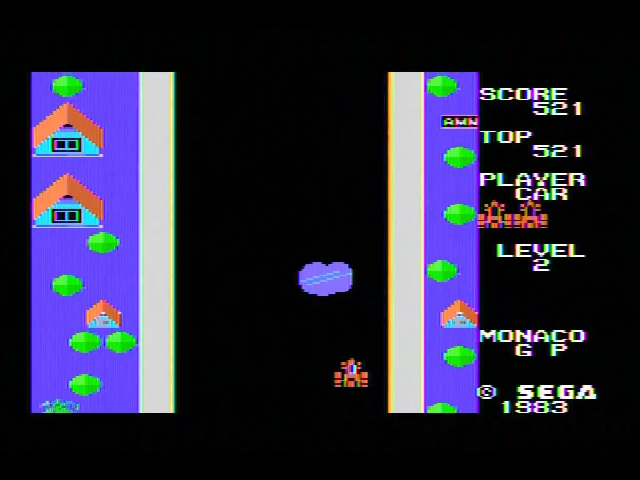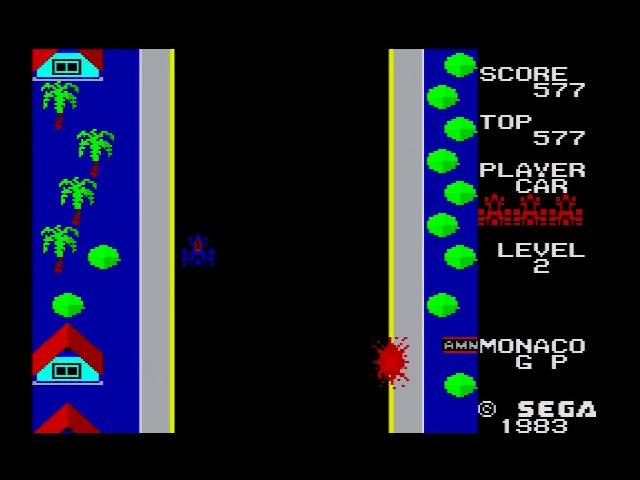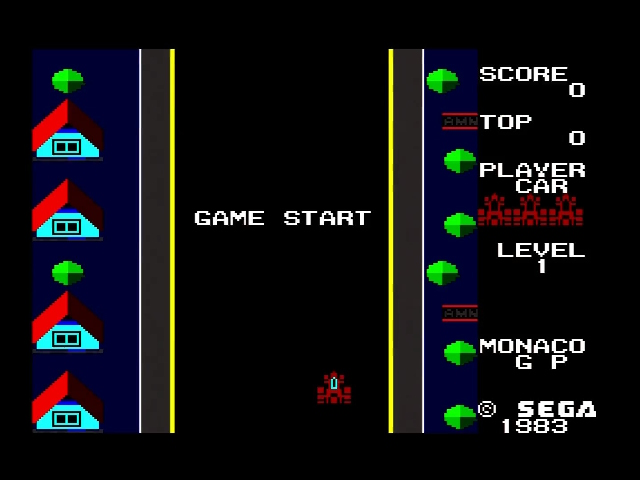Hello! Nicole Express here. I’ve written a recent blog post about doing an RGB mod to the SG-1000 II, using the French Adapteur R.V.B. to amplify RGB signals from the circuitboard. Feel free to look at that post for the full details on how it was done. Otherwise, let’s dig in for some interesting reasons why you may want to or may not want to go this method to get RGB from Sega’s first console.
As a quick overview, the SG-1000 is Sega’s first console, and was originally based around the TMS9918A video display processor (VDP) also used by most MSX1 computers and the TI-99/4A. That VDP is a solely composite device, with no RGB or component outputs. (Its successor, the TMS9928A/TMS9929A, used on the ColecoVision, did feature an early form of component output) It has a 16-color palette. Even worse, the original SG-1000 only has RF output.

The SG-1000 II is also an RF-only machine. But it features a Sega-designed VDP that combines both the TMS9918A and the SN76489A sound chip, and features some convenient test points for composite video, as well as RGB and CSync signals. Composite gives a picture with a palette very similar to the TMS9918A, with muted blues and reds.

Here’s Monaco GP, the port of Sega’s 1979 discrete-logic racing game. If we take the RGB signals and amplify them using the Adapteur RVB, we get a very different signal, with a crisp picture, but also with much more saturated blues and reds.

The Sega enthusiasts among you might notice that while this palette is similar to, it’s still distinct from the RGB palette used in SG-1000 games if played on the Sega Master System. (It does have backwards compatibility, but you’ll need a Japanese console or to bypass the BIOS’s region check somehow) But it’s not quite the same, and is still more bright.

I’m curious if other people have done similar mods to the SG-1000 II. What’s the best way you’ve found to get high-quality video output for Sega’s first console? Or is this a case where composite is good enough?

